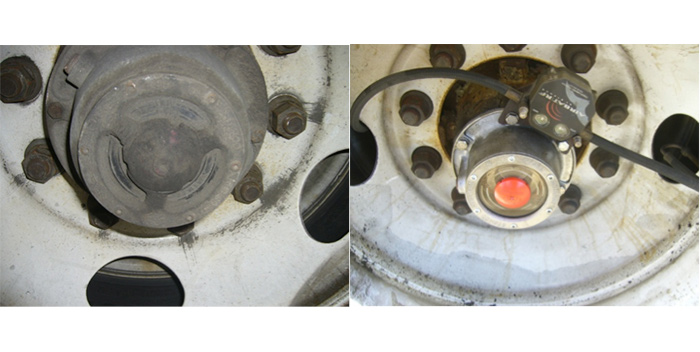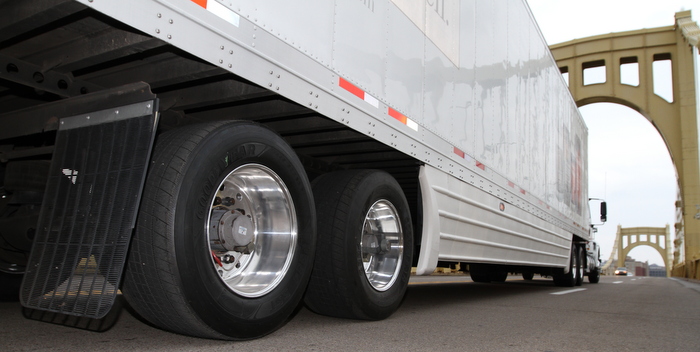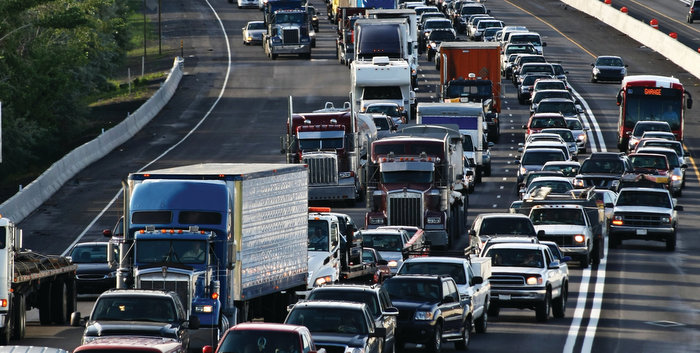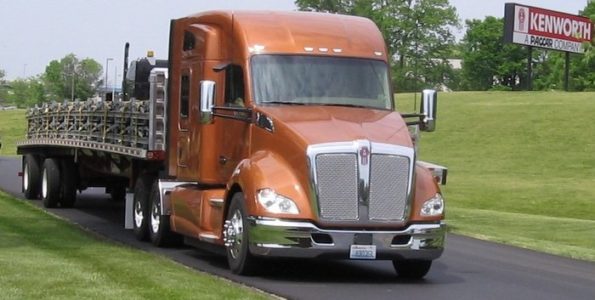I recently came across a draft of a study titled “Advancing Technology for America’s Transportation Future,” compiled by the National Petroleum Council. It describes the results of an analysis of future heavy-duty (HD) vehicle technologies, fuels and fleet portfolios (the study classifies heavy-duty as Class 3-8).
The Energy Information Administration (EIA) estimates that Class 3-6 trucks represent almost 4 million vehicles on the road today, growing to over 11 million by 2050. These vehicles consume as little as 1,000 gallons per year for some lighter, low-duty cycle applications and up to 7,000 gallons per year for the heaviest Class 6 applications. Classes 3-6 are used in: construction, agriculture, for hire, retail, leasing, wholesale, waste management, utilities, manufacturing, food services, information services and mining. This sector represents a significant factor in overall transportation energy consumption. HD trucks consume over 20% of the fuel used in transportation in the U.S. That share is expected to grow to almost 30% in 2050.
Class 7-8 trucks account for over 4.5 million vehicles and, according to the EIA, are expected to grow to over 7 million in 2050. Class 7-8a trucks include buses, dump trucks, trash trucks and other hauling trucks. These trucks represent heavy working trucks consuming typically 6,000 to 8,000 gal. of fuel per year for Class 7, and 10,000 to 13,000 gal. of fuel per year for Class 8a. Class 8b trucks are typically long-haul trucks weighing more than 33,000 lbs. that have one or more trailers for flatbed, van, refrigerated and liquid bulk. Class 7 represents some 200,000 vehicles, while Class 8a and 8b consist of 430,000 and 1,720,000 vehicles, respectively. These trucks consume typically 19,000 to 27,000 gal. of fuel per year and account for more than 50% of the total freight tonnage moved by trucks.
In Class 3-6, the analysis assumed that the natural gas vehicle options were constrained to spark ignited engines utilizing three-way catalyst aftertreatment and CNG fuel supply only. In Class 7-8 the analysis assumptions of fuel economy and system costs cover the range of spark ignition and compression ignition (CI) technologies. Within compression ignition, both dual fuel and direct injection engine types were considered in the range of inputs. A mix of CNG and LNG system costs were included within the ranges and fuel storage capacity was varied by range expectations in each segment, as well as with fuel economy as that increased.
With fuel cost savings being central to the value proposition for NG trucks, the NG truck was modeled using attributes indicative of the range of performance of the different technologies. Spark ignition engines have the lowest fuel economy as a result of throttling, while CI engines have fuel economy similar to diesel. Dedicated direct injection engines would have the lowest cost of fuel since they use NG for approximately 95% of their required fuel energy. Dual fuel engines, while having similar fuel economy, would have a slightly higher total cost of fuel since they use perhaps 70% to 80% NG, with the remainder being diesel.
The bottom line—the availability of advanced powertrain and vehicle technologies, along with alternative fuel technologies, is expected to result in improved fuel economy of future trucks. The analysis explored the potential for adoption of these technology advances, based on assessments of whether fuel cost savings generated by technology would be sufficient to offset the cost of the new technology.
For more information and to read the full report, visit www.npc.org.









